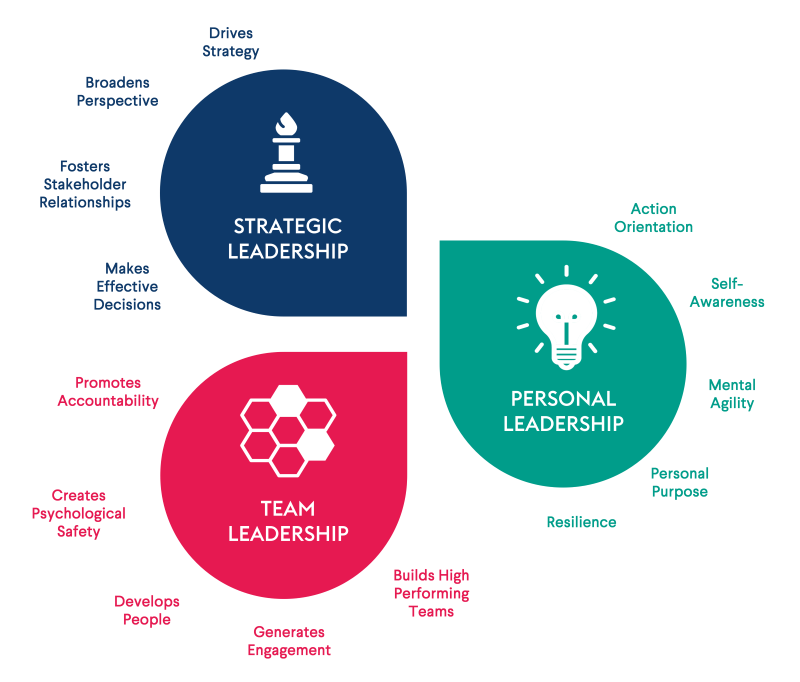So often, our HR partners ask us to recommend the most effective 360 instruments on the market. In addressing their needs, we are challenged by two factors:
- Many of the well-known psychometric instruments that provide a 360 component, take time and effort for leaders to understand or assimilate. Often, they don’t translate easily into practical insights and leaders fail to take direct action to address the feedback they receive.
- The more literal instruments that are simpler to understand and provide direct action-oriented feedback don’t always reflect the capabilities needed in a fast-changing world.
For these reasons, we set out to create a tool that would provide leaders with both actionable and relevant feedback to enhance their effectiveness in this current complex environment. Dr Abby Jandro led our team in reviewing the latest research to identify the 14 most impactful leadership behaviours in today’s strategic landscape.
Three key strategic trends have influenced our decision-making:
Employees’ expectations are dramatically different to what they were ten years ago, and effective leaders are focused on engaging, inspiring, and retaining their talent
We knew that Millennials were more driven by a sense of purpose and personal development than any other generation of workers. We also knew that their managers had to consistently provide coaching, feedback and growth to give them a sense of fulfillment in their role.
But the last couple of years’ disruptions have also fundamentally changed how all employees are approaching their work. They want flexibility of course but they also expect to be inspired and to develop a personal sense of connection with their manager who should care about their well-being.
While these attributes always delivered success in leadership, they are now critical to attract, retain and effectively engage employees. We have defined three dimensions for Leader360 to measure these behaviours: ‘Generates engagement’, ‘Develops People’, ‘Demonstrates Personal Purpose’.
The current pace of change requires leaders to constantly look to understand the shifts affecting their business model or their products
How do leaders anticipate change, take risks and make decisions to equip their operating models or their offering to remain relevant and successful when so much change is constantly afoot? Rosalinde Torres (TedTalk – What it takes to be a great leader in the 21st Century – Roselinde Torres: What it takes to be a great leader | TED Talk) tells us that the answer is in their calendar. Who do they meet? What do they read? What is the diversity measure of their stakeholder network? And are they prepared to abandon a practice that has made them successful in the past?
Four dimensions explicitly illustrate these capabilities in our new instrument: ‘Broadens Perspectives’, ‘Fosters Stakeholder Relationships’, ‘Drives Strategy’, ‘Makes effective Decisions’
It is not enough to attract identity diversity; leaders now need to create an environment that leverages cognitive diversity
‘If you are not consciously including, you are most probably unconsciously excluding’. Sadly, we are discovering that intent is not sufficient to create an inclusive environment. A successful and adaptive leader knows what hinders inclusion and is committed to mitigating natural barriers to diversity. They consciously lower natural human interpersonal fear to make all employees feel safe to challenge, take risks and contribute their unique perspectives. They deliberately demonstrate vulnerability, agility and self-awareness by sharing their mistakes or seeking feedback from their teams. And at the same time, they keep a subtle balance to ensure they don’t compromise accountability and performance.
Leader360’s dimensions are also reflecting these inclusive leadership capabilities with the following: ‘Creates Psychological Safety’, ‘Promotes Accountability’, ‘Personal Awareness’, ‘Mental Agility’, ‘Action Orientation’
As more trends emerge in the coming years, this model of leadership will certainly be disrupted, but for now, we hope this provides leaders with some clarity and guidance on where to focus their efforts.




